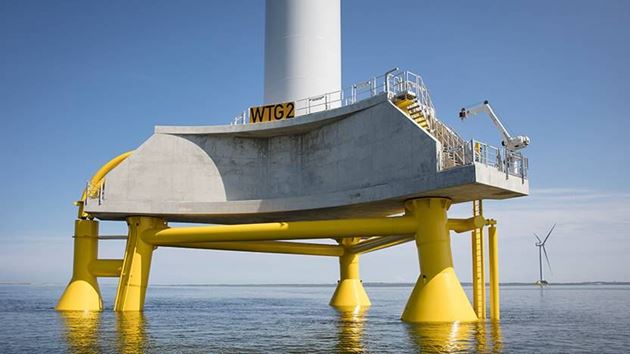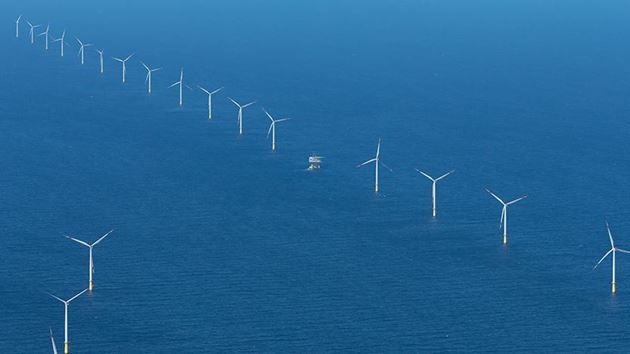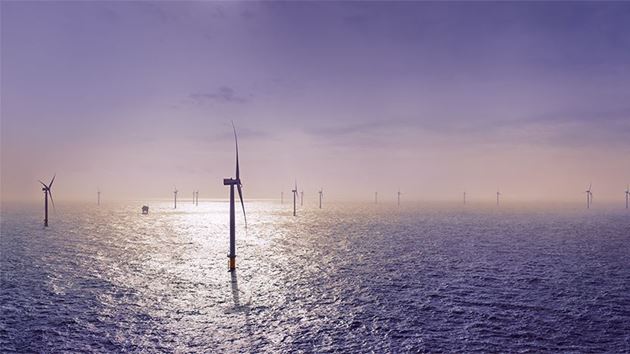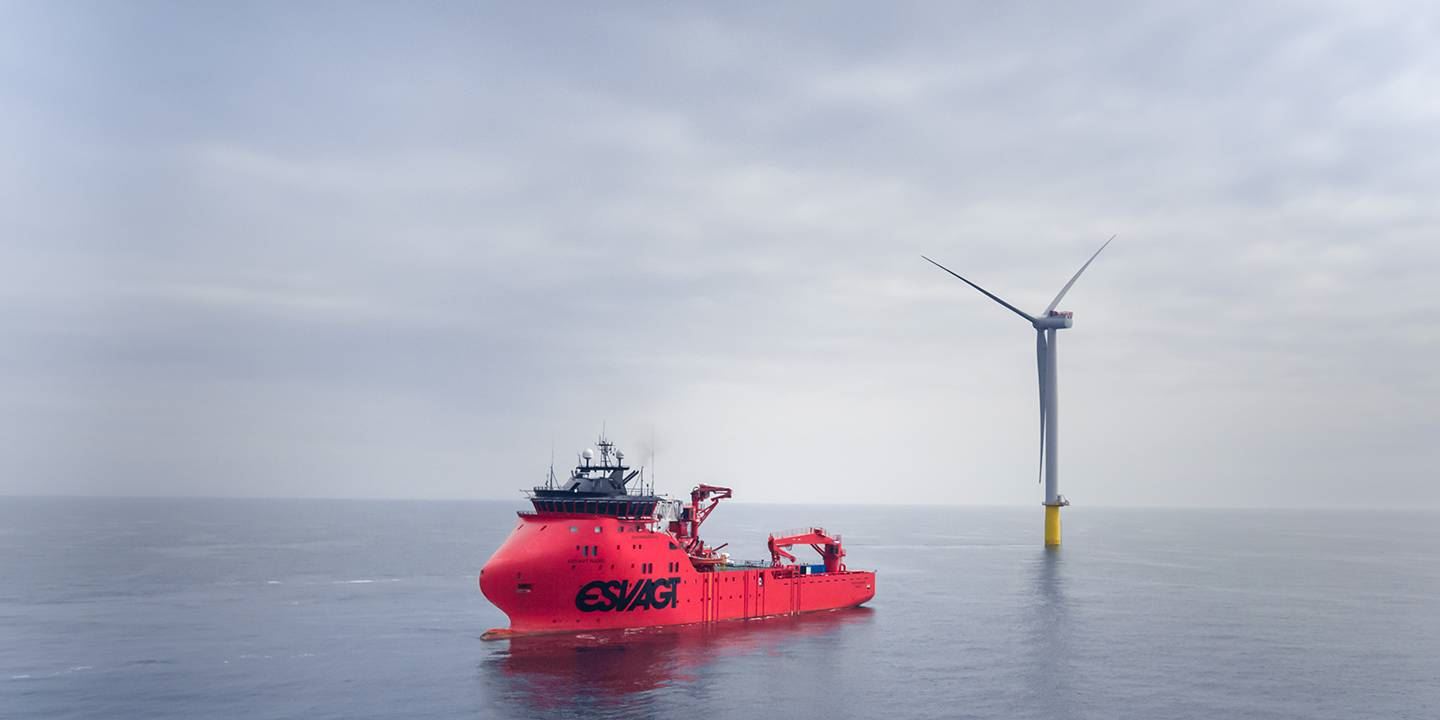
Research collaboration
Productive partnerships for new ideas
You would like to know more about our renewable energy technologies? You are interested in research and development projects? Please don’t hesitate to contact us.
info@siemensgamesa.comCollaboration pays off
Nowhere is this more relevant than in wind power, where demand is driving our industry ever forward. Reliability and cost efficiency must keep pace. Which is why collaboration between industry, science and policy expert teams is key to the future of renewable energy.
Technological breakthroughs
For renewable energy technologies to progress, knowledge must travel beyond the walls of one company. Our researchers take an active role in partnerships that cross countries, organizations and disciplines.
They use real customer problems and challenges to inform technological developments. Their ingenuity and imagination have helped to boost the benefits of renewable energy, creating solutions that will power our planet with clean and affordable renewable energy systems.
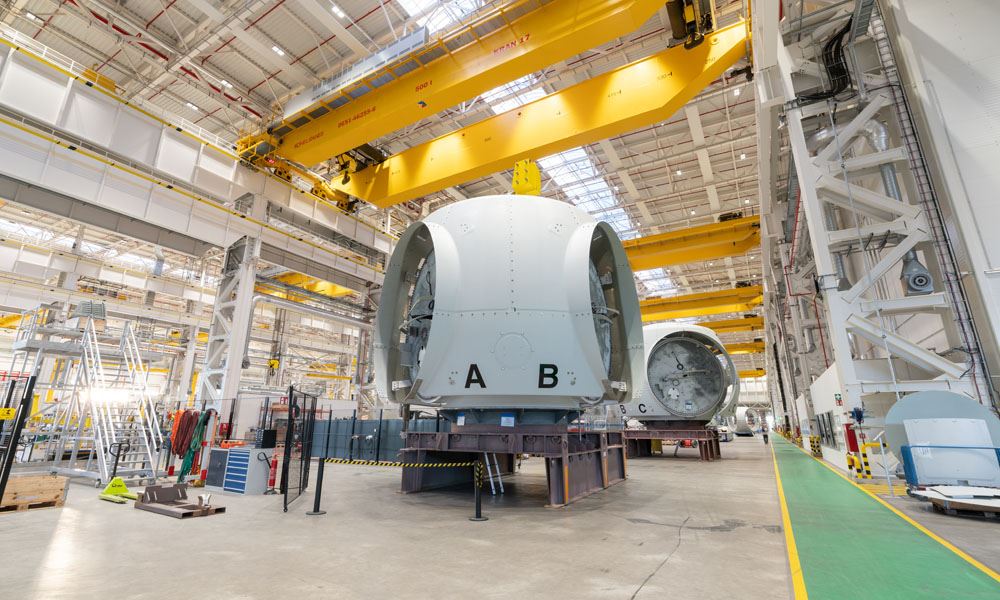
In another collaboration with the Fraunhofer Institute for Energy Economics and Energy System Technology we are developing a method to measure turbulent wind fields with Multi-LiDAR-systems. This three-year publicly funded project is aimed at optimizing wind turbines for use on complex sites.
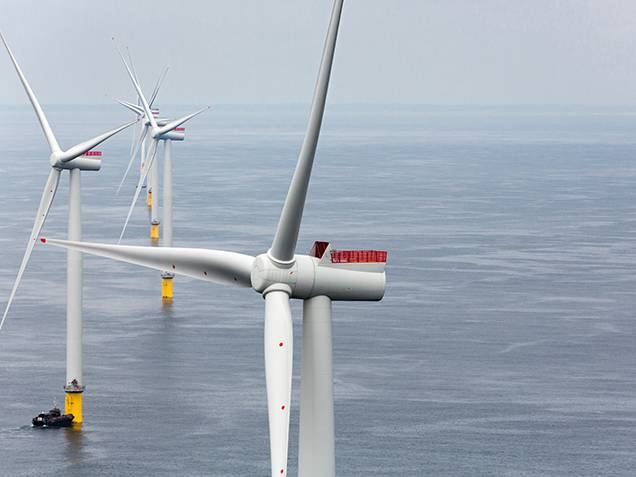
Research networks
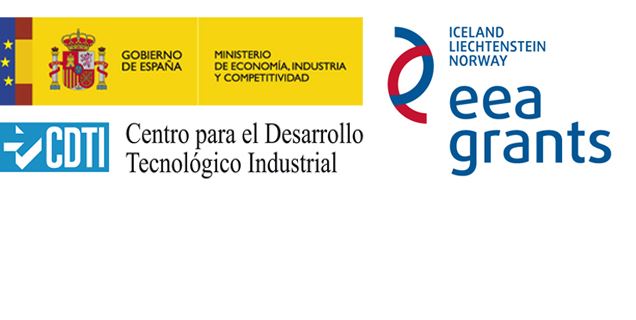
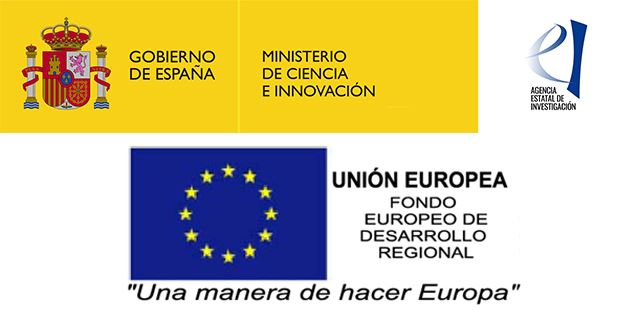

The budget of €30.3 million was approved by the Centre for Industrial Technological Development (CDTI) of the Ministry of Economy in the CENIT Program's framework. This initiative, which ended in 2013, strengthened Spanish leadership in developing offshore technology.
At the same time, it supported European countries in meeting the target of 27% of energy consumption in renewable energies set by the European Commission for 2030.
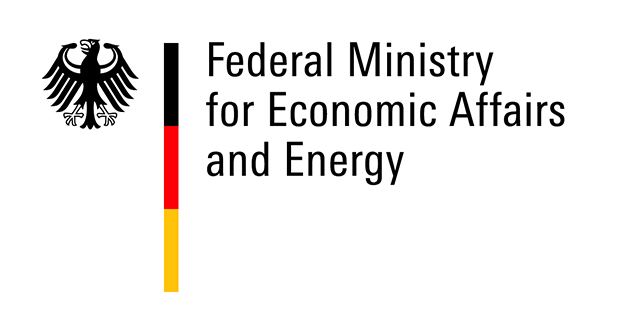
This three-year project, part funded by the German Federal Ministry of Economic Affairs and Energy (BMWi) and started in 2018, will test and advance Multi-LiDAR methods for determining wind conditions. These measurements can then be used to select wind turbines for specific sites and determine the layout of a wind park in complex terrain.


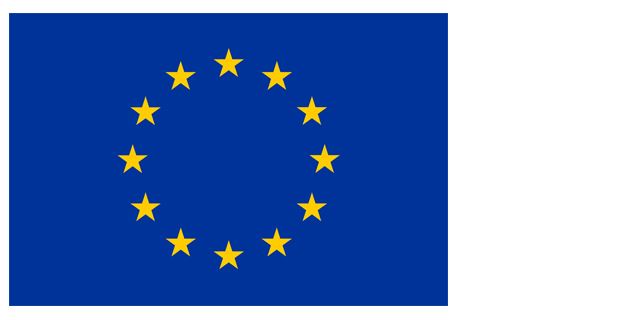
Siemens Gamesa is involved as an end user, providing its knowledge and experience in materials for wind blades development and maintenance. The project has received funding from the European Union's Horizon 2020 research and innovation programme under grant agreement No 685842.

The main objective of this project is the development of lightweight composite materials with improved properties and highly erosion resistant materials to be applied in wind turbine blades. EOLO+ is co-funded by the Economy and Competitiveness Ministry in the call Retos-Colaboración 2016 and counts on the European Union ERDF funds. The project, lead by Siemens Gamesa, joining with AIMPLAS, ICT-UJI, and CLAM DESARROLLO, will investigate the use of elastomeric materials and 3D structured fabrics.
As part of this project, Siemens Gamesa is researching low Technology Readiness Levels (TRL) for large-scale wind generator manufacture, examining the power train, foundations, blade design and inspection methodologies. Our aim is to create the next generation of intelligent offshore wind technology, eventually accelerating breakthroughs into commercialization.
The consortium is made up of Siemens Gamesa and the University of Sheffield, our key university partner in the UK, as well as Oersted, the University of Durham and the University of Hull.
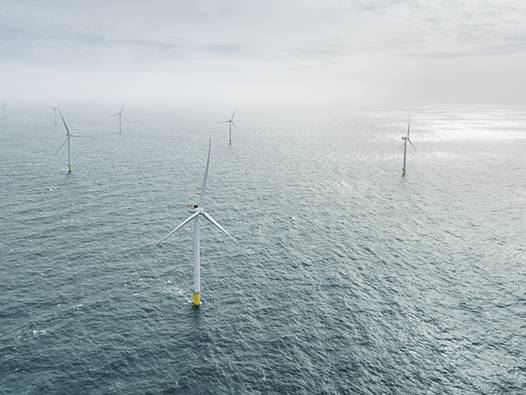



The design criteria are being applied to achieve compact gearboxes to improve product competitiveness. Modular design facilitates assembly and maintenance, with flexible and versatile solution architectures that allow for different wind turbine configurations. The project is co-funded by CDTI in the first EEA Grants call.
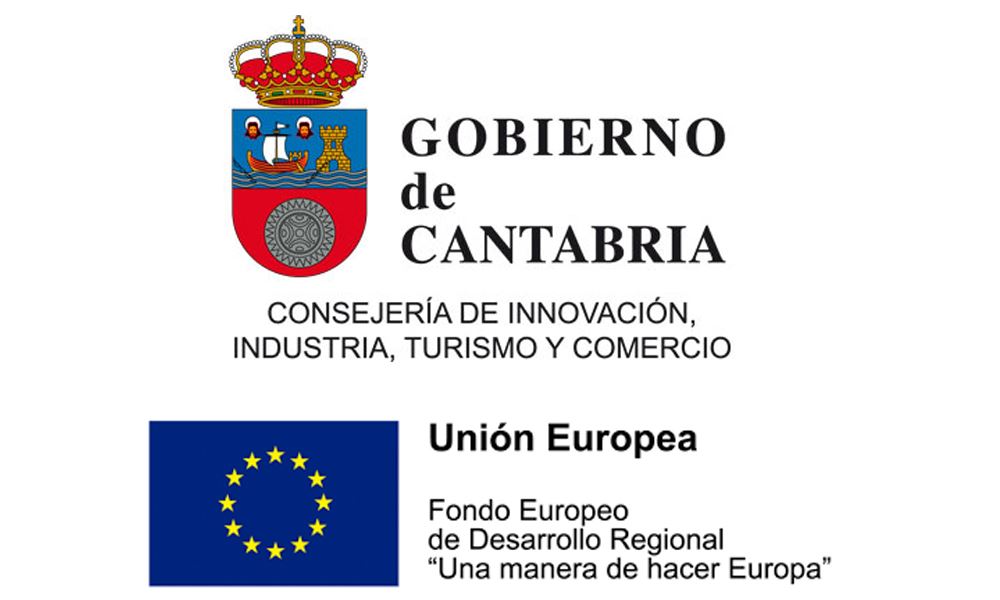
The main objective of the project is to develop new technologies for electric generators with application to both the renewable energy sector (wind and hydroelectric) and the industrial sector. Thanks to the development of this project, it will be possible to optimize and develop slip ring and brush technology to improve DFIG machines. In addition, it will increase the competitiveness of the industrial product in the hydroelectric sector with a positive impact on the cost of energy produced with this renewable energy source.
This project has received funding from the European Regional Development Fund by the Operational Program FEDER 2014-2020 of Cantabria through the INNOVA 2019 grant.
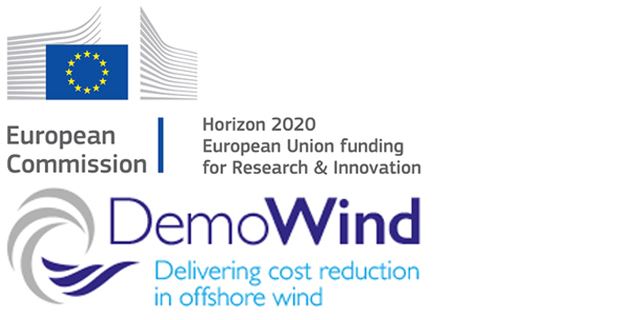
These products are developed for and tested at the Offshore Renewable Energy (ORE) Catapult's Levenmouth Demonstration Turbine with a capacity of 7 MW in Scotland. The innovations can eventually be deployed to existing or new offshore turbines. This project has received funding from the European Union's Horizon 2020 research and innovation programme under grant agreement No 691732.

This project is funded by the European Union's Horizon 2020 research and innovation programme under grant agreement No 745625 (16.4 million Euros).
ROMEO is an industry based consortium made up of 12 recognized and experienced key players from the offshore wind industry among which are 2 companies of the Siemens Gamesa Group.
The innovations developed within the R&D work packages will be tested in tree pilot test scenarios: Teesside (United Kingdom), Wikinger (Germany) y East Anglia One (United Kingdom).
Link to ROMEO Project website: https://www.romeoproject.eu/
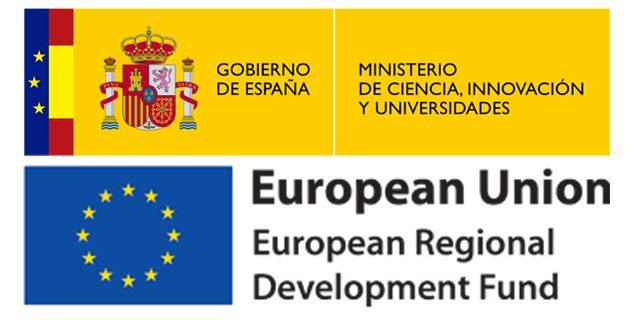
"Development of an integrated system for the monitoring of the structural status of wind turbine blades by distributed fiber optic sensors"
The main objective of this project is to develop an integral system for monitoring the structural condition of wind turbine blades, based on the use of distributed fiber optic sensorization, in order to reduce wind turbine maintenance costs and thus increase penetration of wind energy in the market. The project is coordinated by Siemens Gamesa, in collaboration with Uptech Sensing and the Public University of Navarra, it is co-funded by the Science, Innovation and Universities Ministry in the call Retos-Colaboración 2017, and counts on the European Union ERDF funds.

To increase the integration of wind energy in the energy mix, the project will develop and validate new solutions based on supplementary control systems for doubly fed wind turbines (DFIG) connected to weak grids. Research will be carried out to improve the algorithm to comply with new network codes, and to guarantee the correct operation of wind turbines in situations of unstable grids.
The project is coordinated by Siemens Gamesa, in collaboration with Gamesa Electric, IIT Comillas and the University of Alcalá, it is co-funded by the Science, Innovation and Universities Ministry in the call Retos-Colaboración 2017, and counts on the European Union ERDF funds.


Windtrust is using the resulting technologies to increase wind turbine reliability on a real scale onshore prototype (2 MW). These have been applied to the rotor, wind turbine control and power electronics.
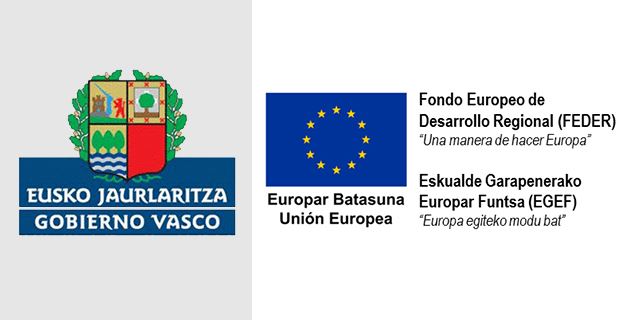
The objective of this project is to support the development of technology and the implementation of industry 4.0 in the Euskadi wind sector. The deployment of Wind 4.0 will allow Siemens Gamesa to advance in the digitalization of products and processes, and in the technological development of both the company and its suppliers, which will result in a boost in performance, efficiency and competitiveness. The consortium will invest a total of 6.4 million euros in this project, which will mark the future of the company and its Basque suppliers.
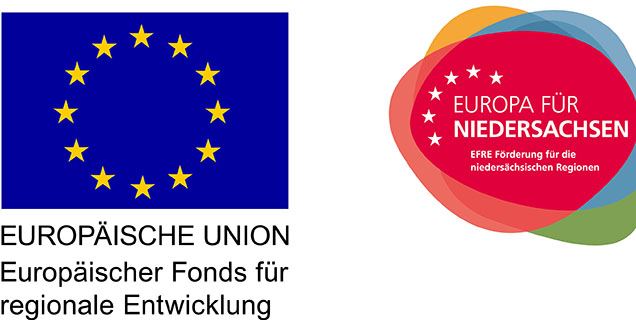
The project "Flexible nacelle production for wind turbines of the future in Cuxhaven" (FLECX) develops the fundamentals for digitally supported assembly processes for future offshore wind turbines that are adapted to component properties.
At present, wind turbine construction is primarily characterized by manual handling of components. Furthermore, the assembly processes are largely adapted to the current turbine generation and can only be used to a limited extent for future, considerably larger components.
These problems are to be solved in the FLECX project by developing and researching novel assembly concepts. Measurement and automation processes are to be developed, designed and partially validated in a test environment at the Cuxhaven plant for the investigated components.
Thus FLECX presents a concept for the digitalized assembly of future nacelles for offshore wind turbines, which will contribute to securing the future of the Cuxhaven production site.

Outcome for the industry
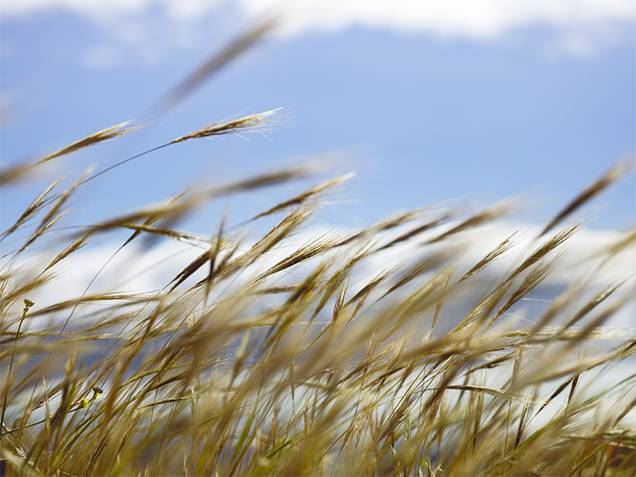
At Siemens Gamesa we believe in technical progress through cross-organizational exchange and academic collaboration.
During decades of research combined with the ingenuity and imagination of our engineers, we have created wind turbines that belong to the technical elite and set standards in the wind energy industry - which benefits the whole market.
So, the alliance of our ideas has led us to a common goal: create a mature solution that powers our planet with clean and affordable energy.
